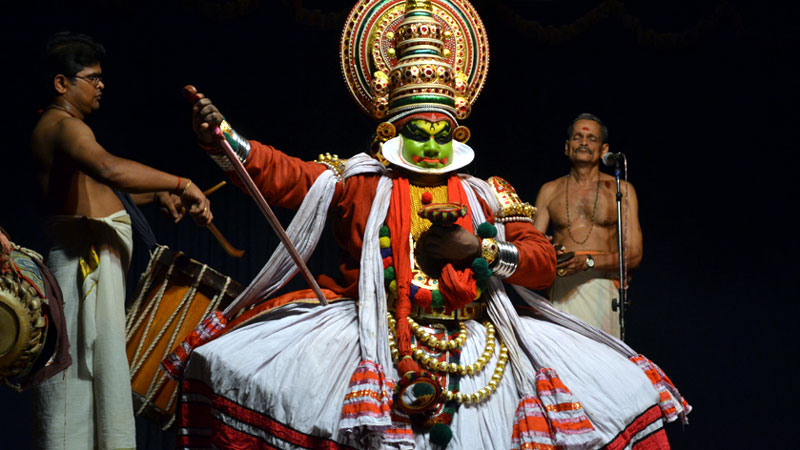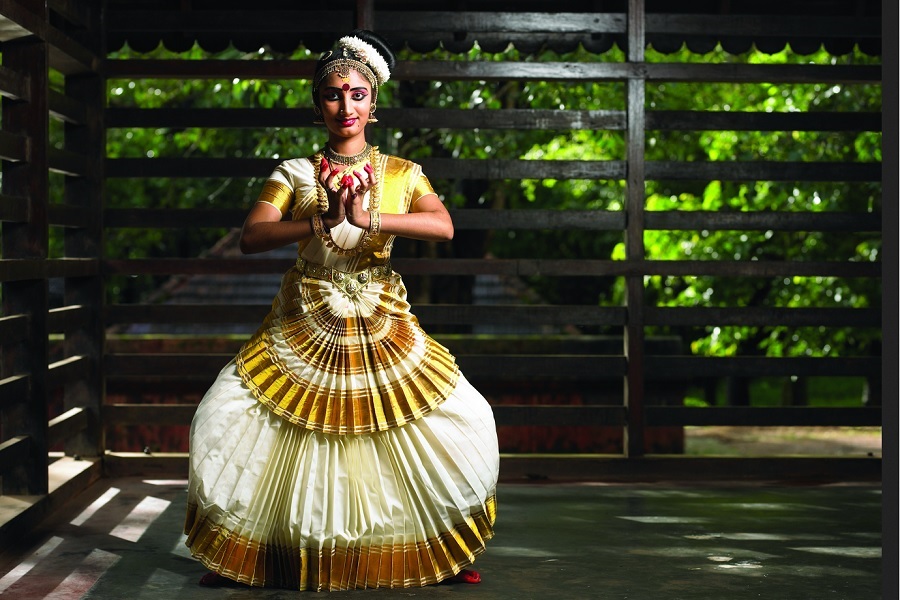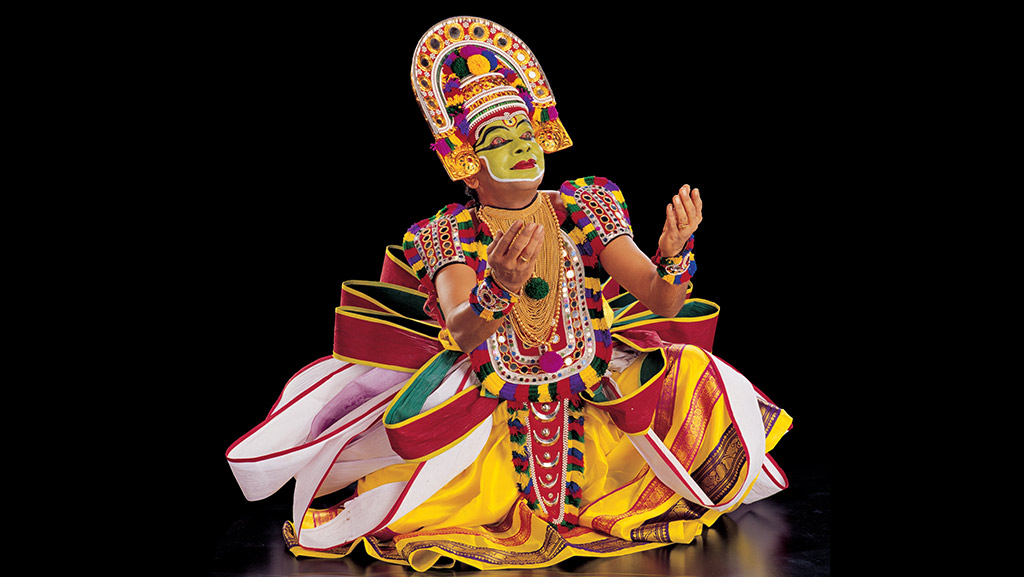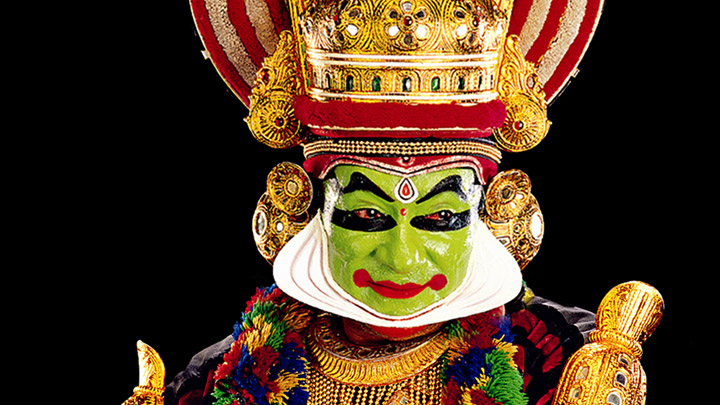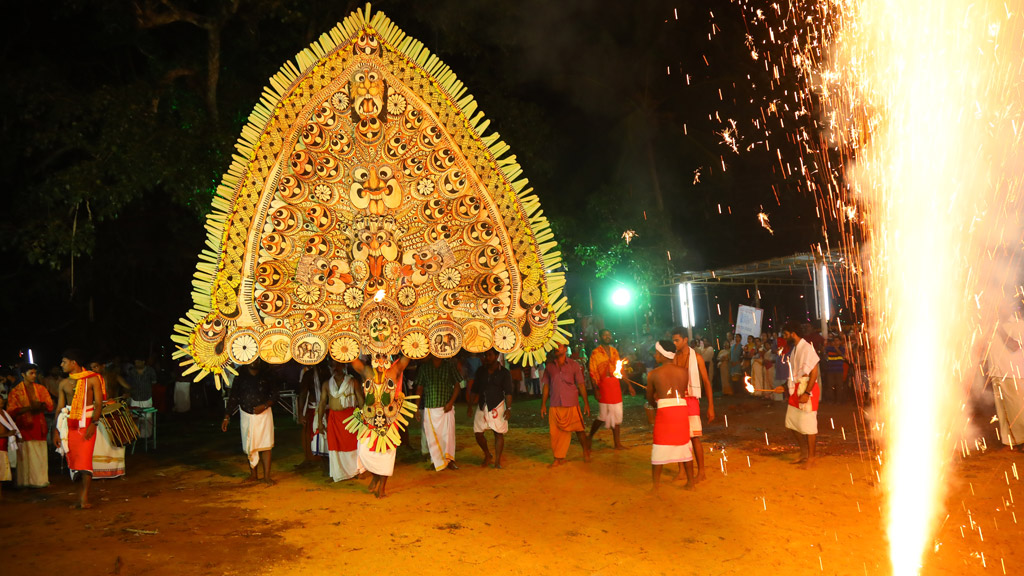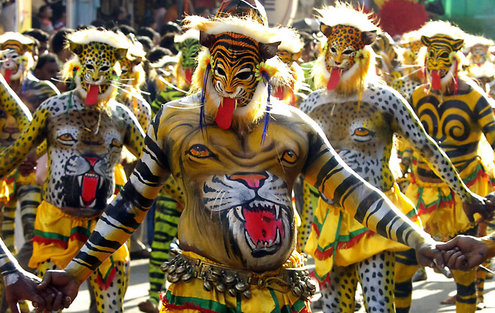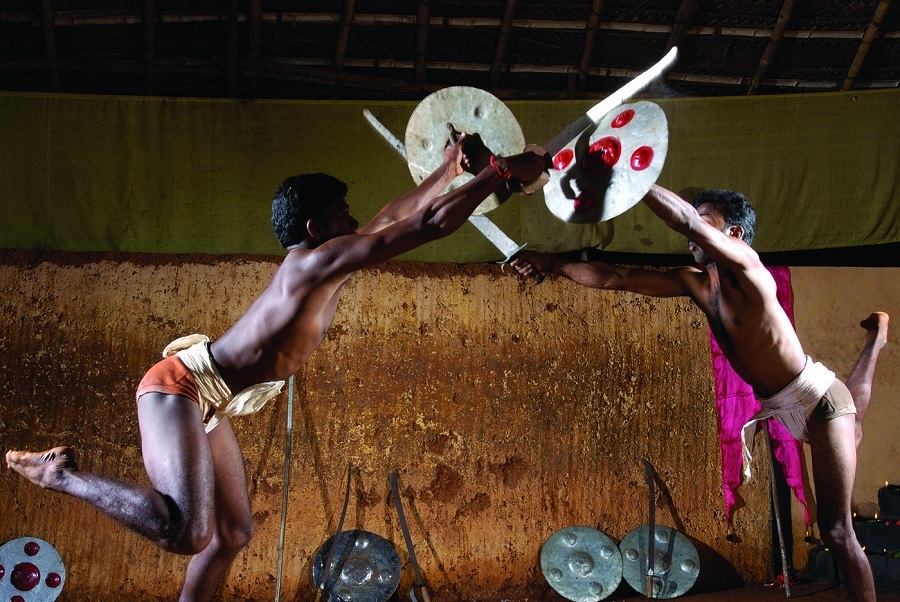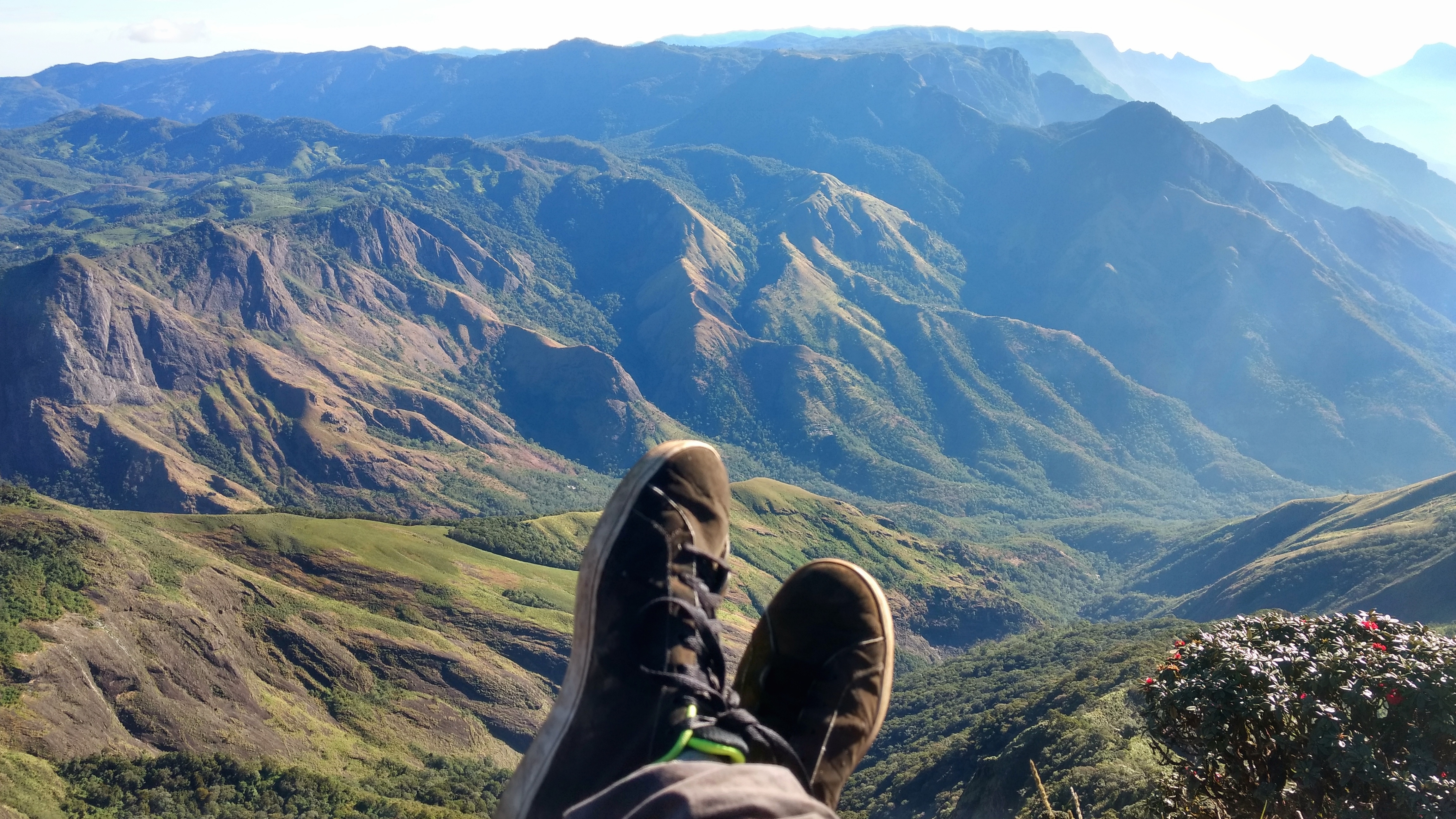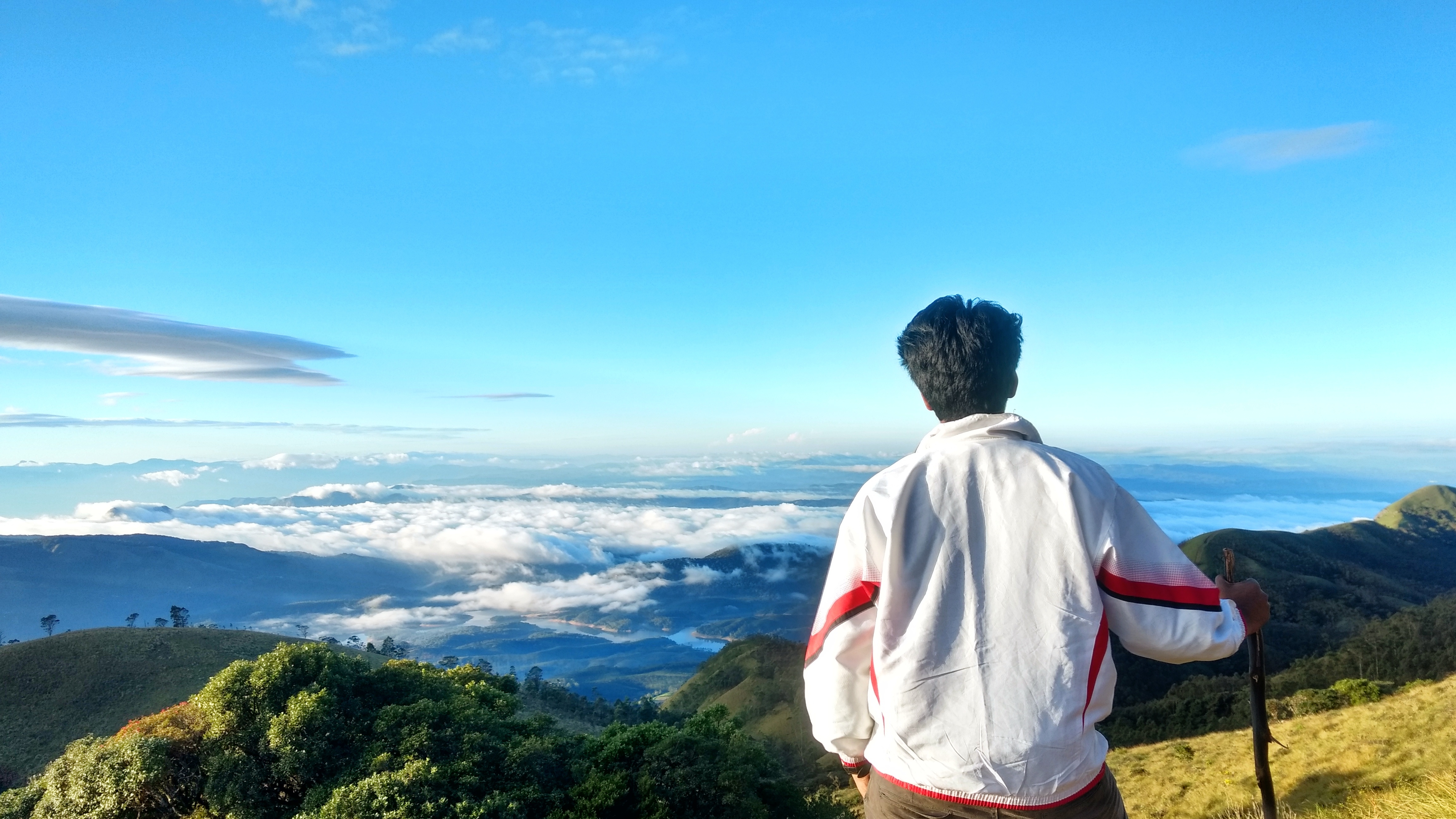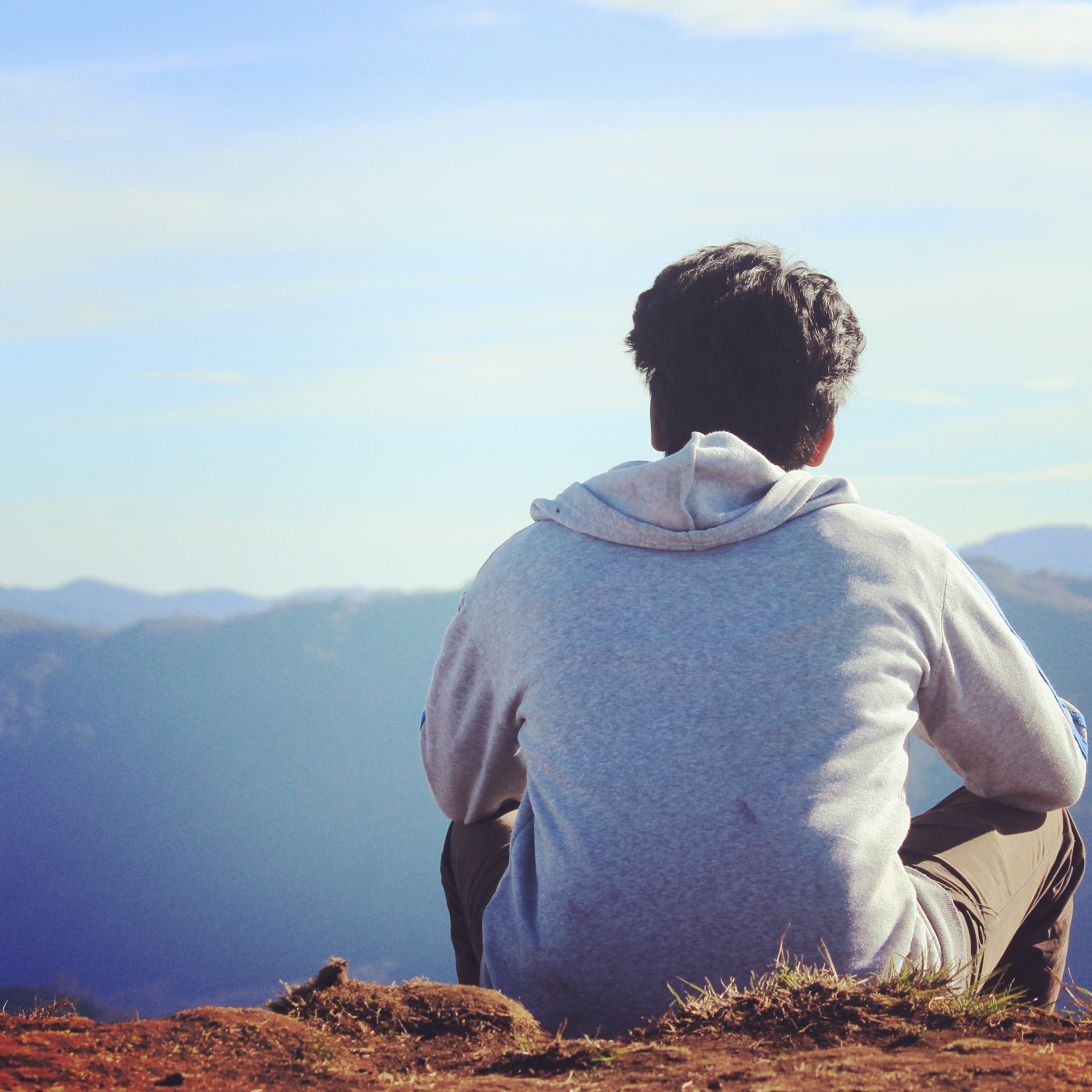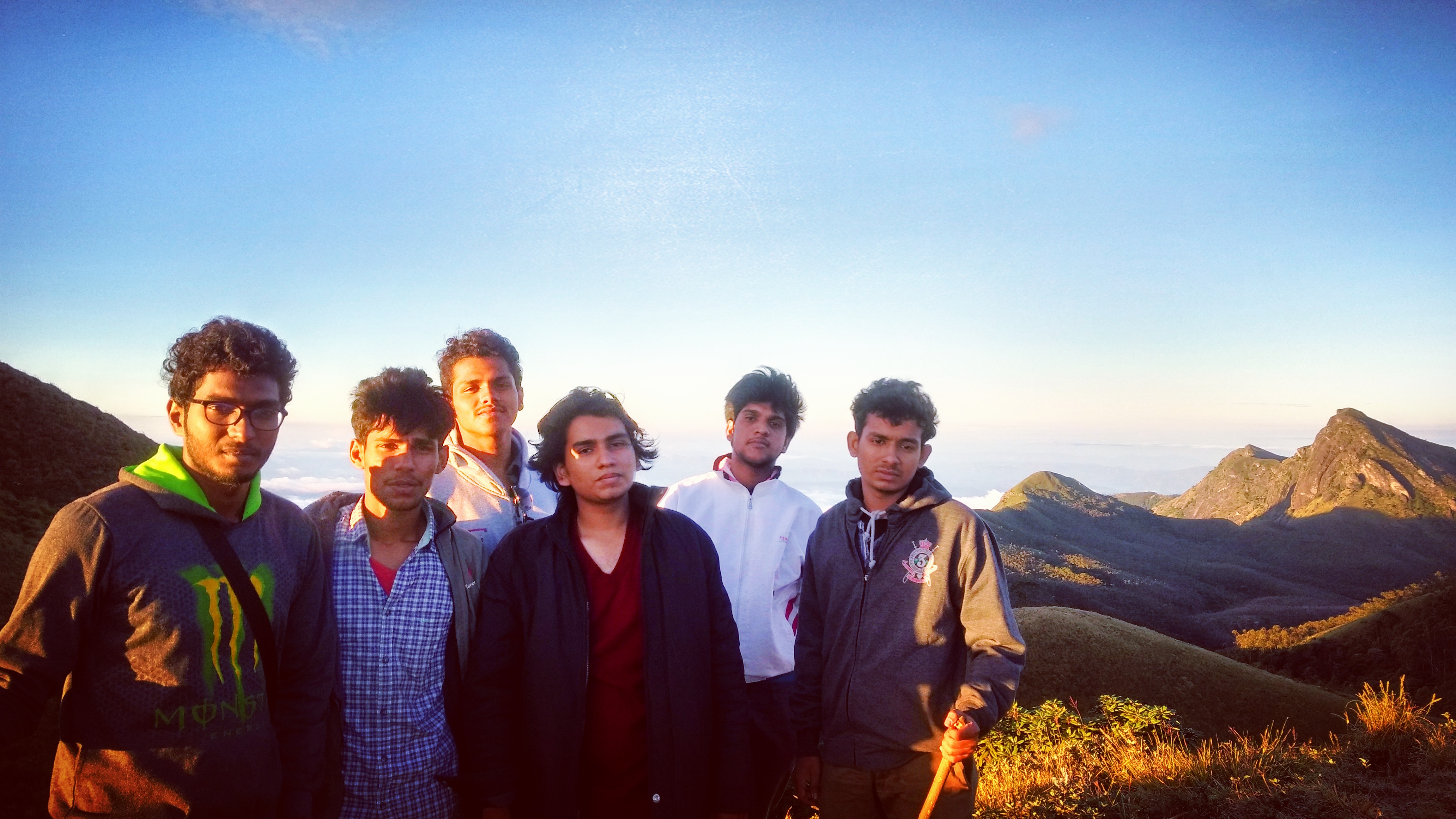By Marco Principia
Music from the Motion Picture: Into the Wild, is the debut solo studio album by Pearl Jam vocalist Eddie Vedder, and is based on his contributions to the soundtrack for the 2007 film Into the Wild. This was inspired by the real story of graduate Christopher McCandless, who, in 1990 at the age of 22, refused to live in a society in which he didn’t fit in, leaving behind a life of comfort to test himself against the wilds of nature.
Director Sean Penn hand-picked Vedder to provide the music for the film. After viewing a rough cut of Into the Wild, Vedder quickly went to work writing songs for the film. The day after watching the film, he started working on material. After three days, he gave Penn a range of material to work with, and Penn placed it into the film, while Vedder went on working on more material that Penn could add to the film itself.
Later on, Vedder said that Penn “gave [him] a lot of freedom,” and added that “the biggest thing was trust, which was just kind of unspoken.” Vedder also said that having to write songs based on a narrative “simplified things.” He said, “There were fewer choices. The story was there and the scenes were there.” Vedder also stated that the songwriting process “grew” as Penn would ask him for more material. He described the recording process as a “factory.” He said:
“I’d just sit in the chair, and they’d hand me a fretless bass, and they’d hand me a mandolin, and they’d take a second to do the rough mix, and then I’d write the vocal, and it was just quick.”
On the recording sessions as a whole, Vedder stated:
“It was like I kinda went into some weird space for a week or two, and then I woke up out of this daze, and it was done. I don’t really remember it.”
The album features 11 tracks: 9 originals written by Vedder and 2 cover songs. Society, is the result of a collaboration with American singer-songwriter Jerry Hannan, who actually wrote the song.
The title leaves no doubt about the topic of the lyrics: society. The society in this song is built upon greed, “a greed with which we have agreed“. It controls our lives, making everyone wanting more than they need. The society in the song is personified: Vedder “talks” to society, with a reflective and melancholic tone; it’s quite like society is his quirky friend that he just can’t understand, to whom he is saying “farewell” because he doesn’t want to deal with anymore.
Everybody, rich and poor alike, always want something. Humans, in general, have the “I want that” attitude to materialistic things. Whether those thoughts are towards a woman, a man, money, power etc. This greed doesn’t age at all: we are taught to continue to want more materialistic things (You think you have to want more than you need), and until we have everything we “think we need” we won’t have freedom (Until you have it all you won’t be free).
Sometimes we may want more than we can afford, or earn. And in this case, according to Vedder, our “thoughts begin to bleed“. We start thinking of how to get it, and our thoughts begin to melt into each other, all of them driving towards the goal of obtaining something or someone. But then we get it, and then want something else, and then another until we think probably we also need “a bigger place, ’cause when you have more than you think you need more space“.
One of the most significant (and debated) verses of this song is:
There’s those thinking more or less less is more
But if less is more how you keeping score?
Means for every point you make your level drops
Kinda like you’re starting from the top
You can’t do that…
This seems to be a semi-satirical verse, based on the competitive nature of society and how we base things on our life in relation to others and “points”, instead of happiness and spiritual freedom. And those who refuse this kind of approach, the way of living in which “less is more“, are breaking the rules. There is no space for them in a society in which everything is measured: is like “you’re starting from the top“. And you just can’t do that.
The chorus represents the farewell, the refusal of this society:
Society, you’re a crazy breed
I hope you’re not lonely
Without me
Society, crazy indeed
Hope you’re not lonely
Without me
Society, have mercy on me
I hope you’re not angry
If I disagree
Society, crazy indeed
Hope you’re not lonely
Without me
Christopher McCandless, with Vedder as his spokesman, says that he’s leaving. Society is greedy, rude, and so many other bad things that they overpower the good things. So he’s leaving, but despite all the bad things society has done to him, he hopes it won’t mourn him when he’s gone. He hopes nobody will miss him enough to care. Using irony again because we know society doesn’t really care about him or anyone else who’s left behind or just disagree with the “standards”. Society tends to exclude or punish those who don’t match with their narrow way of thinking: so, before leaving, he also apologizes for not understanding the strange ways of the society he was raised in.
It’s a mystery to me
We have a greed with which we have agreed
And you think you have to want more than you need
Until you have it all, you won’t be free
Society, you’re a crazy breed
I hope you’re not lonely without me
When you want more than you have, you think you need
And when you think more than you want, your thoughts begin to bleed
I think I need to find a bigger place
Cause when you have more than you think, you need more space
Society, you’re a crazy breed
I hope you’re not lonely without me
Society, crazy indeed
Hope you’re not lonely without me
There’s those thinking more or less, less is more
But if less is more, how you keepin score?
Means for every point you make your level drops
Kinda like you’re startin’ from the top
And you can’t do that
Society, you’re a crazy breed
I hope you’re not lonely without me
Society, crazy indeed
I hope you’re not lonely without me
Society, have mercy on me
I hope you’re not angry if I disagree
Society, you’re crazy indeed
I hope you’re not lonely without me
©Marco Principia

